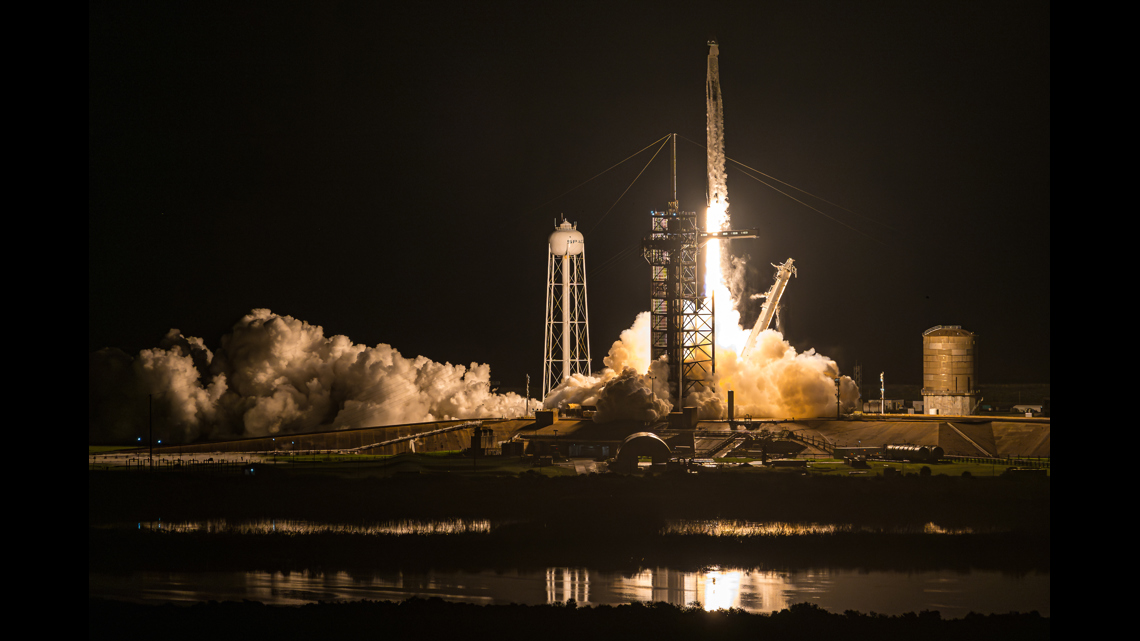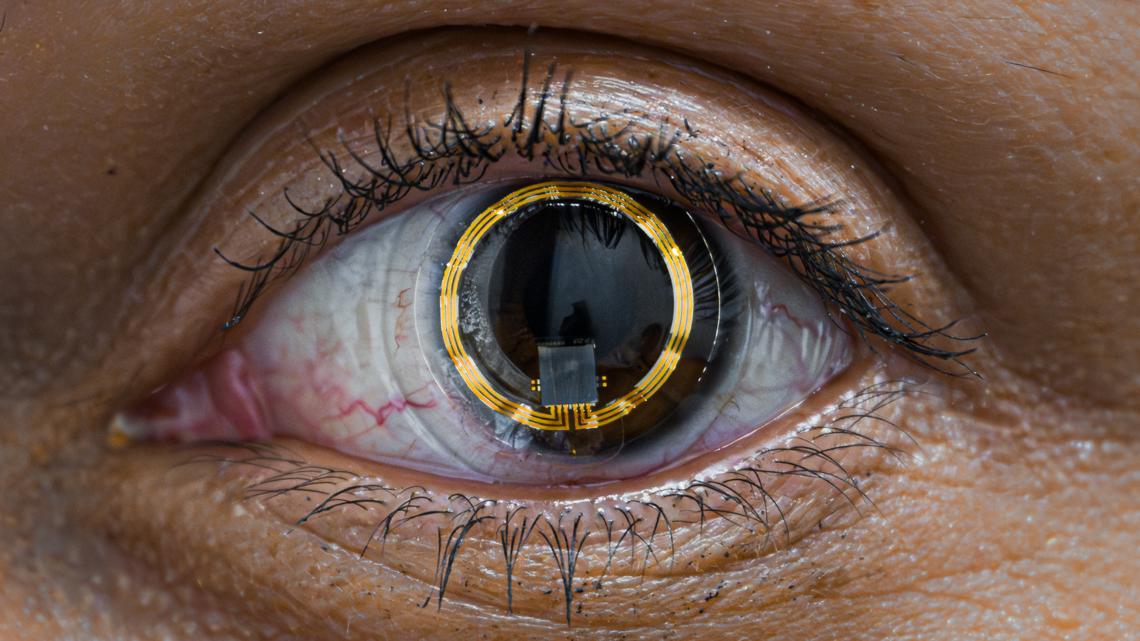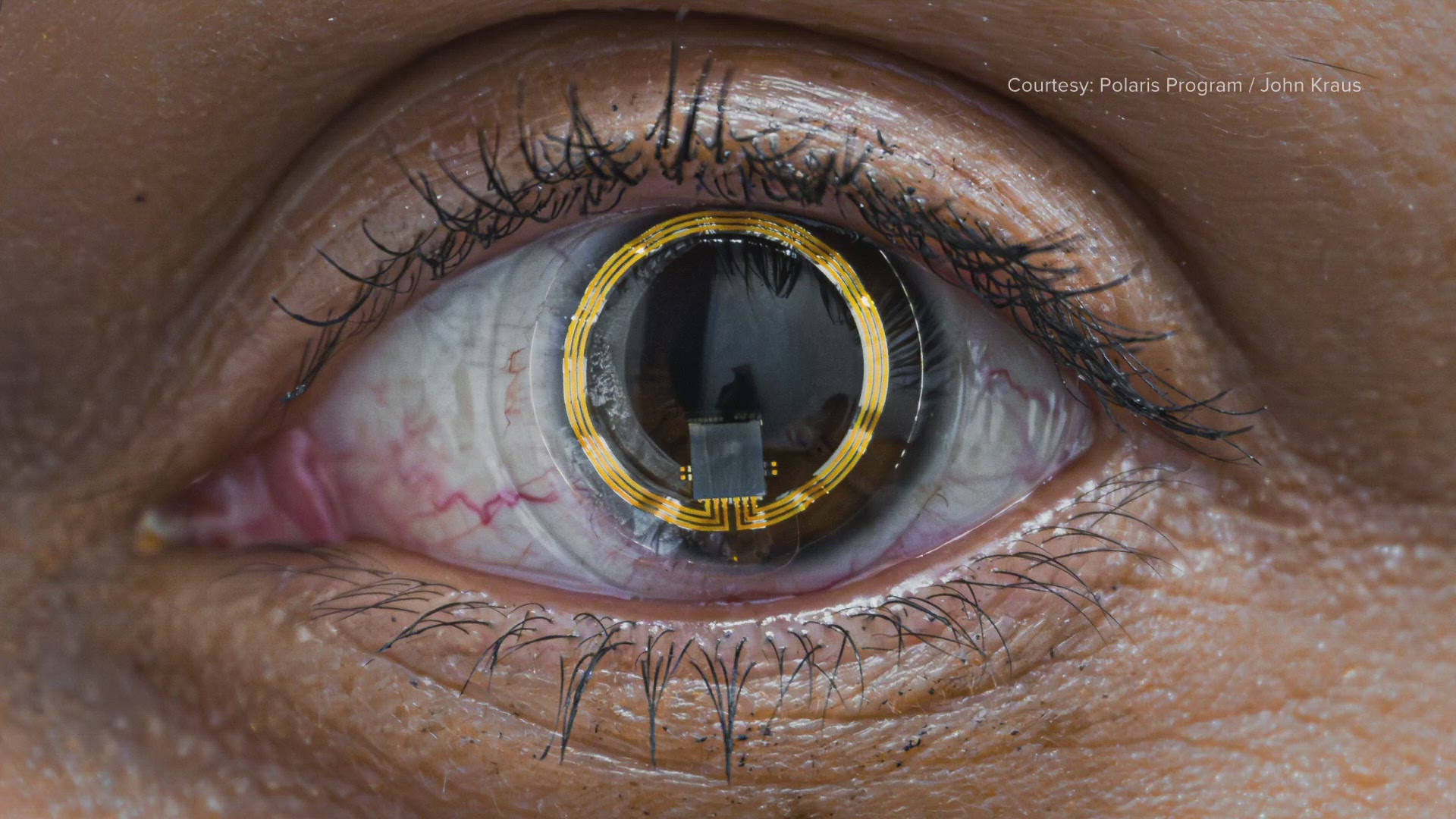COLORADO, USA — The crew from SpaceX's Polaris Dawn has made it safely back to Earth after the first commercial spacewalk. The mission reached a higher altitude than any human has traveled in more than 50 years.
Doctors and aerospace engineers in Colorado are now using data collected on that mission to study eye conditions. They're hopeful their findings will help astronauts as they begin to plan deep-space missions and help people with similar eye issues here on Earth.
"Once astronauts started going to space and staying there for a long period of time on the ISS [International Space Station], we started to learn that they were getting changes in the back of their eye, with swelling of their optic nerves, and even little hemorrhages in their retina," said Dr. Prem Subramanian, professor of ophthalmology at the University of Colorado School of Medicine. "We had no idea why this was happening. There are some diseases that people get here on Earth that are similar, and we thought it might be related because of fluid shifts that happen when you go into microgravity."


This research is being done in collaboration with the University of Colorado School of Medicine and CU Boulder aerospace engineers. They're working together to see how human bodies react in spaceflight.
Researchers here in Colorado sent up specialized optical equipment to gather data from astronauts' eyes during the Polaris Dawn mission.
This is the "smart" contact-lens astronauts wore in space.


The devices monitored the astronauts' eyes during launch and as they transitioned into microgravity.
"Our concern is that it [swelling of the optic nerve] keeps getting worse the longer they stay up in the microgravity environment, and so if we're talking about things like a Mars mission where they're going to be in that environment for two and a half years, we don't know if they would actually lose vision from this, and what the consequences might be," Subramanian said.
He said the contact lenses on astronauts tracked eye pressure fluctuation and changes in cornea dimensions.
"We're going to see how much shorter the eyeball gets because the back of the eye fills with a little bit more blood, and that changes how clearly you can focus, and may also be part of the process that leads to the development of the optic nerve swelling," Subramanian said.
He said what happens to astronauts' eyes in space is similar to some diseases people get here on earth. So, he's hopeful this research could lead to better treatments.
One theory they're testing is by using a short radius centrifuge.
"The idea would be to spin the astronauts around and see if that redistributes their fluid and maybe helps to prevent it," Subramanian said.

